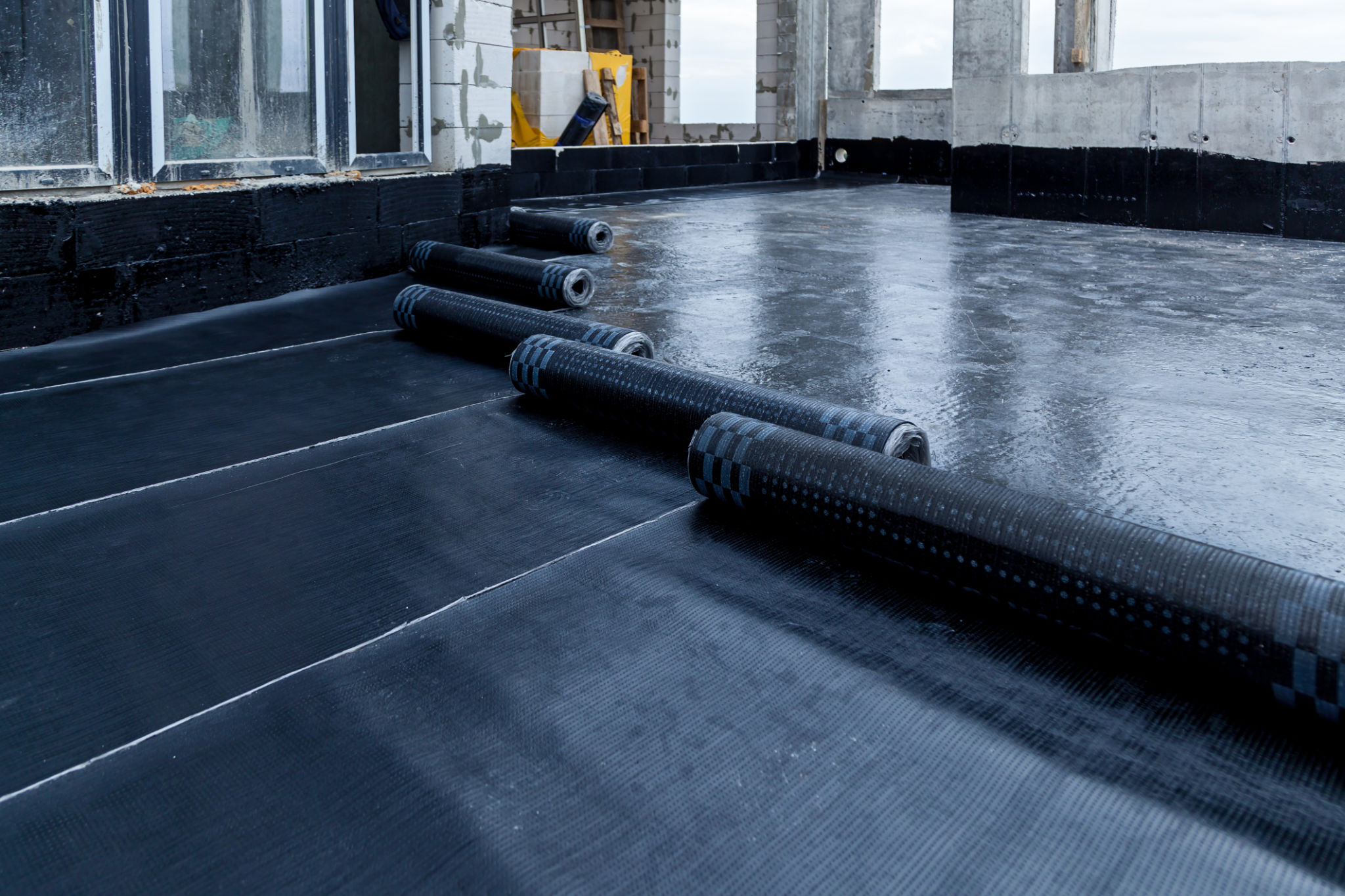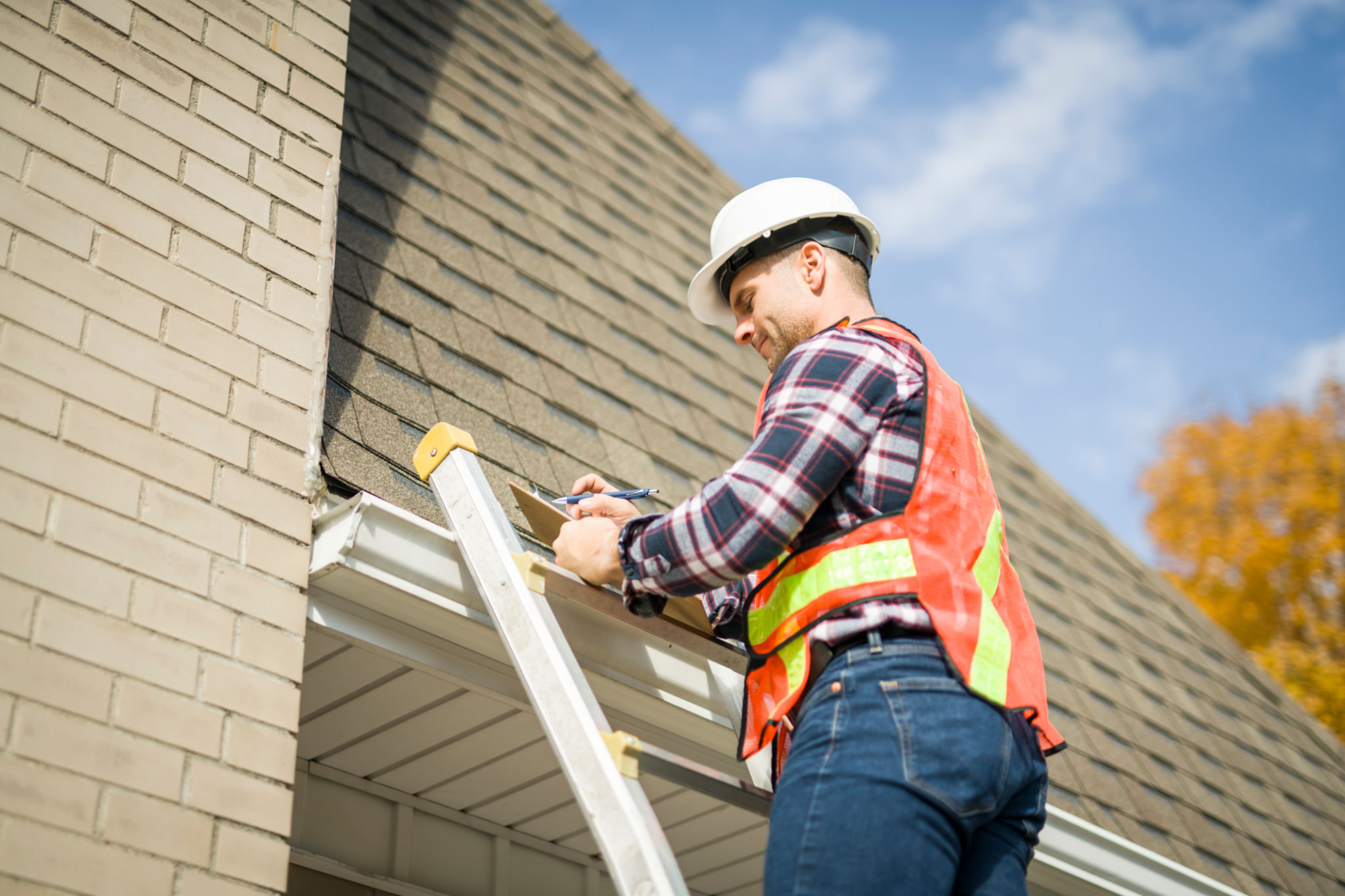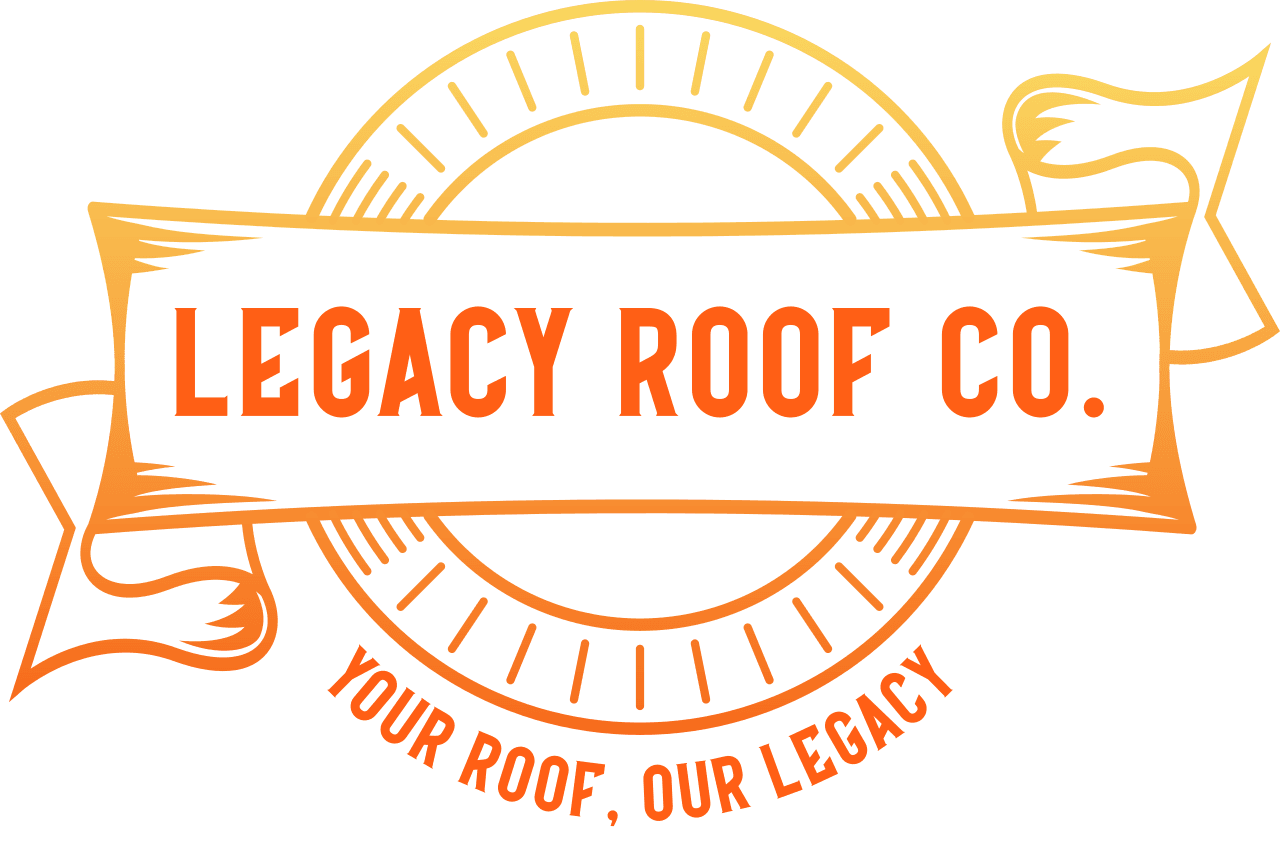The Ultimate Guide to Flat Roofing Solutions for Commercial Buildings
Introduction to Flat Roofing Solutions
Commercial buildings often require durable and cost-effective roofing solutions. Flat roofing has emerged as a popular choice due to its numerous advantages in terms of installation, maintenance, and energy efficiency. This guide will explore the different types of flat roofing systems available for commercial buildings, helping you make an informed decision for your property.

Types of Flat Roofing Materials
Built-Up Roofing (BUR)
Built-Up Roofing, commonly known as BUR, is a traditional flat roofing solution consisting of multiple layers of bitumen and reinforcing fabrics. This type of roofing is known for its durability and resistance to harsh weather conditions. The multiple layers provide excellent protection against water infiltration and UV rays.
Modified Bitumen Roofing
Modified Bitumen Roofing is an evolution of the BUR system, incorporating polymer-modified bitumen with reinforcing fabrics. This system offers improved flexibility and strength, making it ideal for buildings in regions with fluctuating temperatures. Additionally, modified bitumen is easy to install and requires minimal maintenance.

Single-Ply Membrane Roofing
Single-ply membrane roofing is a versatile option that includes TPO, PVC, and EPDM membranes. These materials are manufactured in large sheets, providing a seamless and watertight barrier. Each type of membrane offers unique benefits: TPO is known for its energy efficiency, PVC for its chemical resistance, and EPDM for its excellent weathering properties.
Advantages of Flat Roofing Systems
Flat roofing systems offer several advantages that make them an attractive option for commercial buildings:
- Cost-Effective: Flat roofs generally require fewer materials and labor compared to pitched roofs, reducing overall installation costs.
- Easy Maintenance: The accessibility of flat roofs makes inspections and repairs more manageable, saving time and money in the long run.
- Space Utilization: Flat roofs provide additional usable space for HVAC systems, solar panels, or rooftop gardens.

Considerations When Choosing a Flat Roof
When selecting a flat roofing system for your commercial building, consider factors such as climate, building structure, and budget. Evaluate the lifespan of each material and its ability to withstand local weather conditions. Consulting with a professional roofing contractor can provide valuable insights tailored to your specific needs.
Installation and Maintenance Tips
Proper installation and routine maintenance are crucial to the longevity of your flat roof. Here are some tips to ensure optimal performance:
- Hire experienced professionals for installation to ensure quality workmanship.
- Conduct regular inspections to identify and address any issues promptly.
- Keep the roof clean and free of debris to prevent drainage problems.

In conclusion, flat roofing solutions offer a range of benefits that make them ideal for commercial buildings. By understanding the different types of materials available and considering your specific requirements, you can select the best option for your property. Regular maintenance will ensure that your investment remains secure for years to come.
